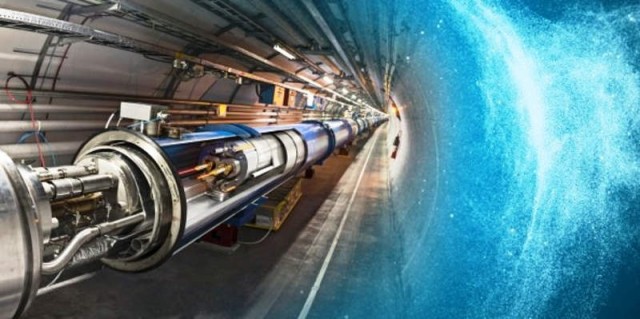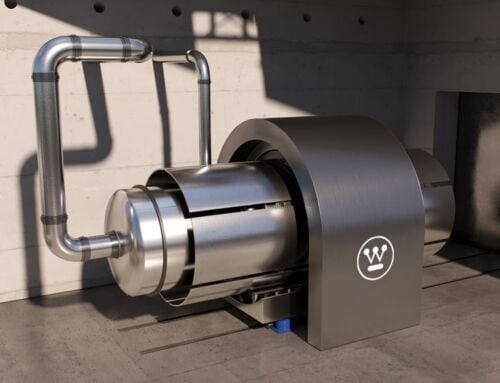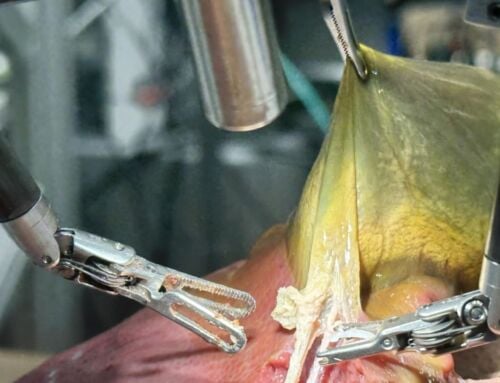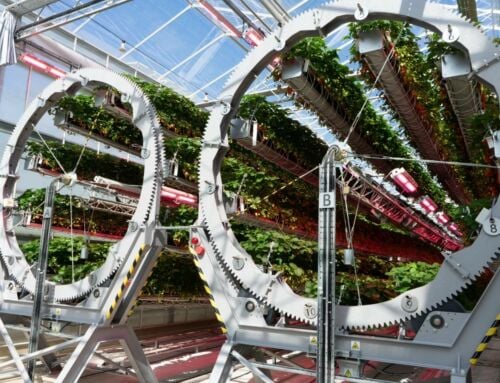CERN’s Large Hadron Collider (LHC) is now back online after a major two years overhaul and refit.
Image credit CERN
The Large Hadron Collider, the world’s largest particle accelerator is now active with double the power it had before the upgrade, with 6.5 TeV per beam.
CERN announced that on Sunday at 10:41 am CEST, a proton beam with an injection energy of 450 GeV was fired into the 27-km (16.7-mi) ring.
Watch CERN engineers explain the work during the laboratory’s long shutdown to prepare the Large Hadron Collider (LHC) to run at a higher collision energy of 13 TeV. Read more at CERN.
Press release:
Geneva, 5 April 2015. After two years of intense maintenance and consolidation, and several months of preparation for restart, the Large Hadron Collider, the most powerful particle accelerator in the world, is back in operation. Today at 10.41am, a proton beam was back in the 27-kilometer ring, followed at 12.27pm by a second beam rotating in the opposite direction. These beams circulated at their injection energy of 450 GeV. Over the coming days, operators will check all systems before increasing energy of the beams.
“Operating accelerators for the benefit of the physics community is what CERN1’s here for,” said CERN Director General Rolf Heuer. “Today, CERN’s heart beats once more to the rhythm of the LHC.”
“The return of beams to the LHC rewards a lot of intense, hard work from many teams of people,” said Head of CERN’s Beam Department, Paul Collier. “It’s very satisfying for our operators to be back in the driver’s seat, with what’s effectively a new accelerator to bring on-stream, carefully, step by step.”
The technical stop of the LHC was a Herculean task. Some 10,000 electrical interconnections between the magnets were consolidated. Magnet protection systems were added, while cryogenic, vacuum and electronics were improved and strengthened. Furthermore, the beams will be set up in such a way that they will produce more collisions by bunching protons closer together, with the time separating bunches being reduced from 50 nanoseconds to 25 nanoseconds.
“After two years of effort, the LHC is in great shape,” said CERN Director for Accelerators and Technology, Frédérick Bordry. “But the most important step is still to come when we increase the energy of the beams to new record levels.”
source CERN






Leave A Comment